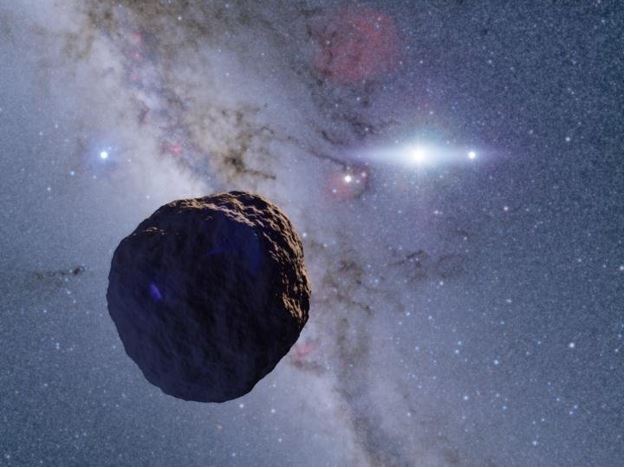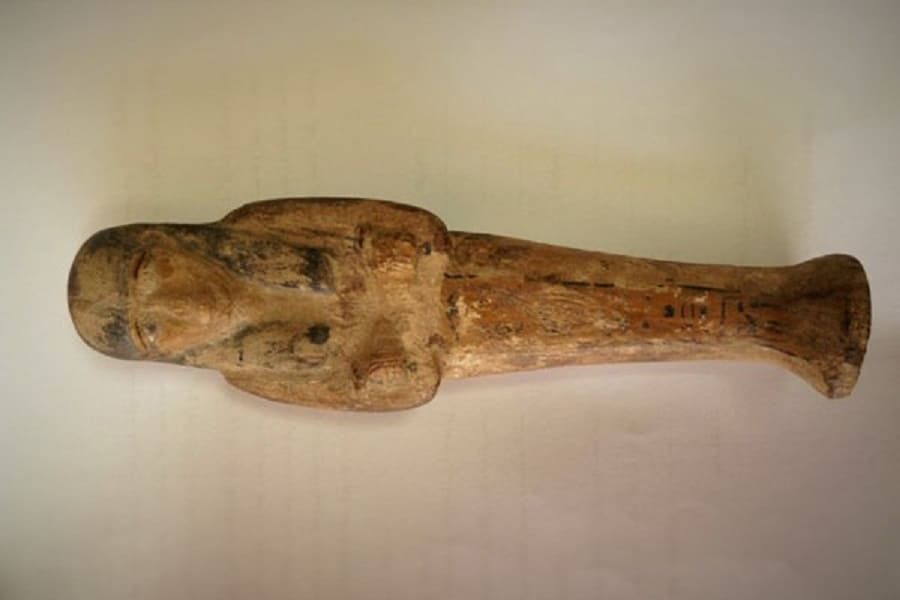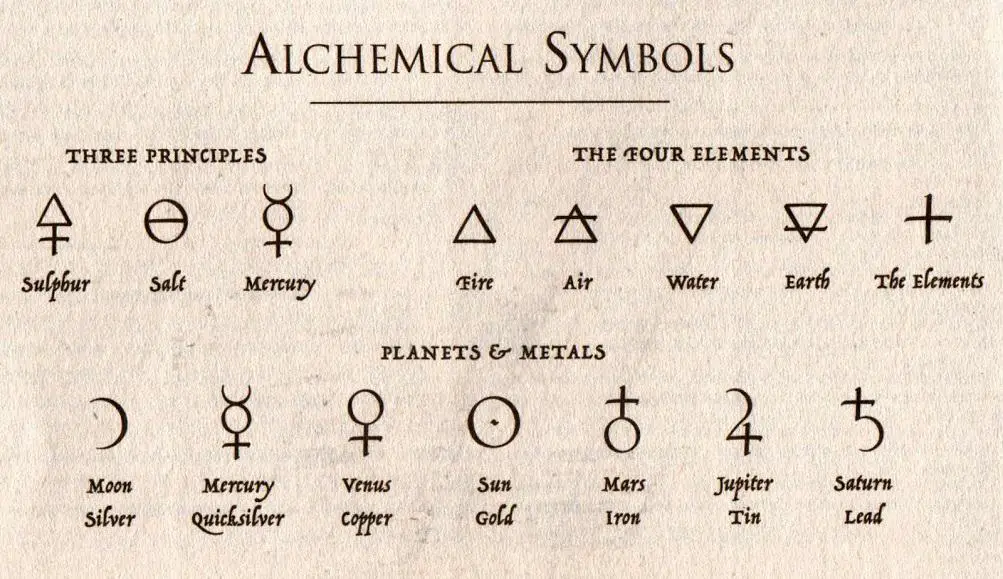

Astronomers have spotted what they claim is a relatively small (1.5 mile-wide) object ‘hovering’ at the outermost edge of our solar system.
According to reports, scientists believe the recently-discovered object is the ‘first ever sighting of its kind’ and could help experts unravel the mysteries of the evolution of our early solar system.
Scientists claim that the mystery object could help us understand the secrets of how our solar system came into existence.
Scientists say that the object is considered an important discovery and stepping stone towards understanding how small clouds of dust and ice became planets we see today.
The object was spotted beyond Neptune in the so-called Kuiper Belt; a circumstellar disc in the outer Solar System, extending from the orbit of Neptune (at 30 AU) to approximately 50 AU from the Sun. The Kuiper Belt contains countless smaller cosmic objects and is most famous for being the home pace of ex-planet Pluto.
The bodies inside the Kuiper belt are thought to be the leftover pieces of the formation of ur solar system.
This is why studying the objects within the Kuiper Belt can help answer some of the most important questions about our solar system.
The cosmic bodies located in the inner Solar System (like Asteroids) have been blasted by solar radiation, collisions between different cosmic objects, as well as the gravity of planets around them.
However, the objects located inside the Kuiper Belt have existed in the cold, pristine conditions of the early solar system.
Locating smaller objects within the Kuiper Belt is a difficult task. Scientists believe that the Kuiper Belt is home to objects with radii of around one kilometer or more. But since they are located at extreme distances from the sun, they are extremely dim for telescopes to observe directly.
However, scientists at the National Astronomical Observatory of Japan experimented by using a technique known as occultation.
This process has scientists monitor a large number of stars, and observe shadows of objects that pass in front of the stars.
Astronomer Ko Arimatsu led the team that made the discovery.
Scientists mounted two 28 cm telescopes on Miyako Island in Okinawa and observed as many as 2000 stars for a total of 60 hours.
During their surveillance, they noticed that one star dimmed as a 2.4-kilometer-wide object’s shadow obscured it.
This led experts to believe that there are more kilometer-sized objects within the Kuiper Belt than previously thought.
They say that their discovery supports the theory that suggests planetesimals first grow slowly into kilometer-sized objects before runaway growth causes them to form into planets.
The finding supports theories that runaway growth is a crucial stage in plane formation.
“We didn’t even have enough money to build a second dome to protect our second telescope!”
“Yet we still managed to make a discovery that is impossible for the big projects. Now that we know our system works, we will investigate the Kuiper Belt in more detail.”





